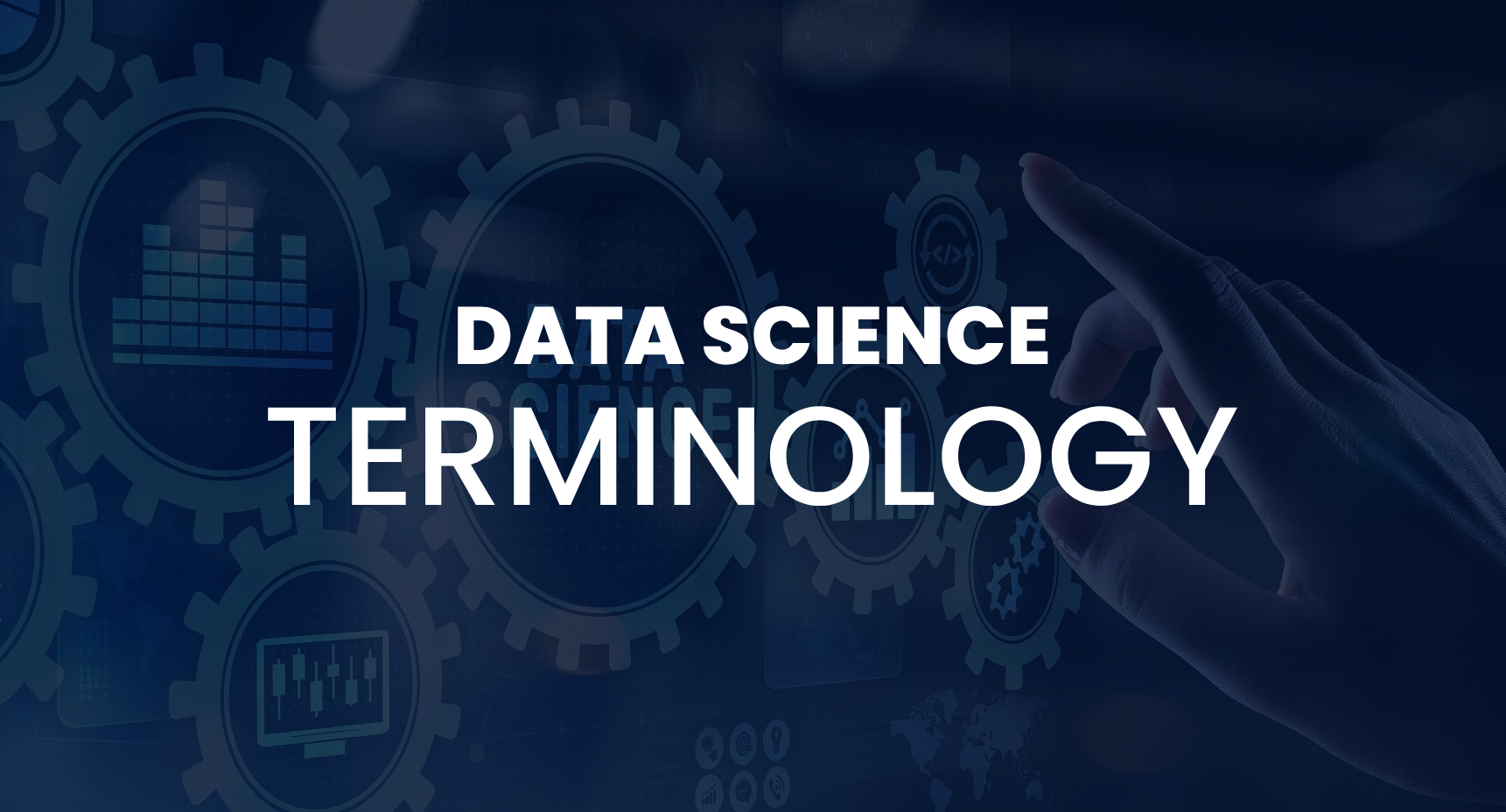Data science is a rapidly growing field that combines statistical analysis, machine learning, and domain expertise to extract meaningful insights from data. Whether you’re a newcomer or a seasoned professional, understanding the key terminology is crucial. In this blog post, we’ll explore some fundamental data science terms and provide a downloadable PDF glossary for your reference.

Introduction to Data Science Terminology
Data science terminology can be overwhelming at first, but familiarizing yourself with these terms will help you navigate the field more effectively. From algorithms to validation sets, each term plays a critical role in the data science process.
Key Terms in Data Science
Algorithm
An algorithm is a set of rules or steps that solve a problem or perform a computation. Algorithms form the backbone of data science, enabling the processing and analysis of large datasets.
Artificial Intelligence (AI)
Artificial Intelligence simulates human intelligence processes through machines, especially computer systems. It encompasses various subfields, including machine learning and natural language processing.
Big Data
Big Data describes large and complex data sets that traditional data-processing software cannot manage and process efficiently. It involves collecting, storing, and analyzing massive amounts of information.
Classification
Classification is a supervised learning technique used to predict the categorical label of new observations. It finds applications in areas like spam detection and image recognition.
Clustering
Clustering is an unsupervised learning technique that groups similar data points together. It helps discover patterns and structures within data.
Data Cleaning
Data cleaning corrects or removes inaccurate records from a dataset. This crucial step ensures the quality and reliability of data analysis.
Data Mining
Data mining examines large databases to generate new information and find hidden patterns. It combines statistics, machine learning, and database systems.
Data Visualization
Data visualization refers to the graphical representation of data, helping to understand and communicate insights. It includes charts, graphs, and interactive dashboards.
Deep Learning
Deep learning, a subset of machine learning, involves neural networks with many layers (deep neural networks). It is particularly effective for tasks like image and speech recognition.
Feature Engineering
Feature engineering uses domain knowledge to extract features from raw data, improving the performance of machine learning models. It involves creating new variables or transforming existing ones.
Hypothesis Testing
Hypothesis testing uses sample data to evaluate a hypothesis about a population parameter. It is a fundamental concept in inferential statistics.
Machine Learning (ML)
Machine learning studies algorithms and statistical models that computers use to perform specific tasks without explicit instructions. It enables systems to learn and improve from experience.
Natural Language Processing (NLP)
Natural language processing gives computers the ability to understand text and spoken words in a similar way to humans. It finds use in applications like chatbots and language translation.
Neural Network
A neural network consists of a series of algorithms that recognize underlying relationships in a set of data through a process that mimics the way the human brain operates. They are used in deep learning models.
Overfitting
Overfitting occurs when a function aligns too closely with a limited set of data points, capturing noise rather than the underlying pattern. This leads to poor generalization on new data.
Predictive Modeling
Predictive modeling involves creating, testing, and validating a model to best predict the probability of an outcome. It finds wide use in finance, marketing, and healthcare.
Regression
Regression, a type of predictive modeling technique, estimates the relationships among variables. It predicts continuous outcomes.
Supervised Learning
Supervised learning is a type of machine learning where the model trains on labeled data. It includes tasks like classification and regression.
Unsupervised Learning
Unsupervised learning is a type of machine learning where the model trains on unlabeled data and must find patterns and relationships on its own. Clustering and association are common techniques.
Validation Set
A validation set is a subset of data that provides an unbiased evaluation of a model fit on the training dataset while tuning model hyperparameters. It is essential for model selection and assessment.
Download Your Data Science Terminology PDF
To help you keep these terms handy, we’ve created a comprehensive Data Science Terminology PDF. This glossary includes all the terms discussed in this post and more, providing you with a valuable resource for your data science journey.
Download Data Science Terminology PDF
Understanding data science terminology is essential for anyone looking to succeed in this field. By familiarizing yourself with these key terms, you’ll be better equipped to tackle data science projects and communicate effectively with colleagues. Don’t forget to download the Data Science Terminology PDF for easy reference.
